Whippet vs Lurcher: Side By Side Comparison
Almost all dog lovers can relate to the idea that when it comes down to finally choosing which dog breed to go for, coming up with the best and most compatible pooch is not easy at all! Each cuddly ball of fur brings lots of fun and interesting things to the table, so an in-depth knowledge of what impact the dog can make is necessary for every potential owner.
Some dog owners love facing challenges and having dogs from the Sighthound family could be the perfect match for venture-seekers. Two of the very independent thinkers from this specific breed are the Whippets and the Lurchers. Both are currently enjoying a great increase in popularity in many households.
You might be wondering why exactly they are taking the spotlight these days, so everything you need to know will be laid out in this article!
Table of Contents
Breed Origins
Whippet
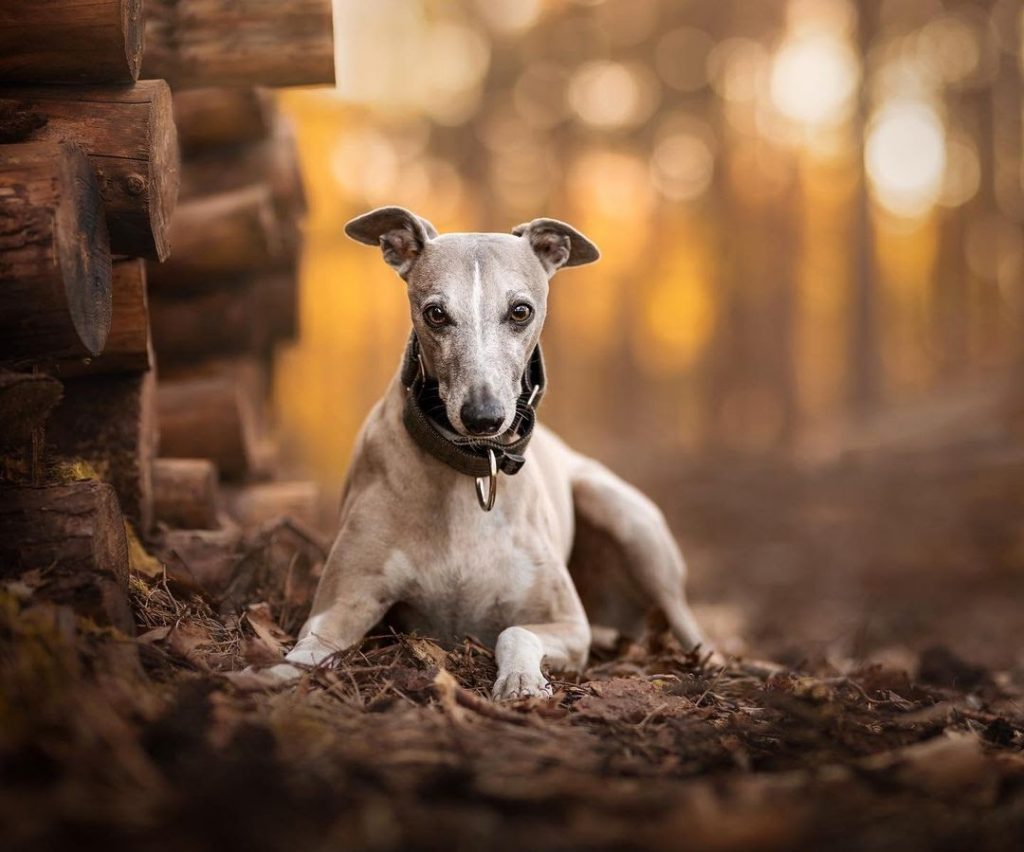

The Whippet, also known as a “snap dog”, is a cross between smaller Terriers and Greyhounds. Greyhounds were later on replaced by Italian Greyhounds to give the Whippet a more sleek and elegant appearance we see nowadays. He was developed in the mid-19th-century mainly for sports such as lure coursing, dock diving, agility, and flyball. He was mainly bred to hunt by sight and may right away snap up nearby prey.
His name has been derived from an obsolete 17th-century word that means “to move briskly” and it totally fits him! The Whippet, through the structure of his body, can run so fast which is why he is a great hunting companion. Before, the Whippet was perceived and often labeled as the “poor man’s racehorse”. This is because only the rich could afford purebred dogs while poorer families resort to other inexpensive options such as the Whippet.
When the modern Whippet emerged, several major kennel clubs recognised him as a breed. The American Kennel Club (AKC) did so in 1888.
Lurcher
Generally, a Lurcher is a cross between a Sighthound and a herding dog or, in some cases, a Terrier. The motivation behind it is to produce a more intelligent and canny dog who would be capable of poaching rabbits and other prey. He is greatly associated with poachers as well as Gypsies in England during the 18th century. Gypsies strongly preferred short-haired Lurchers.
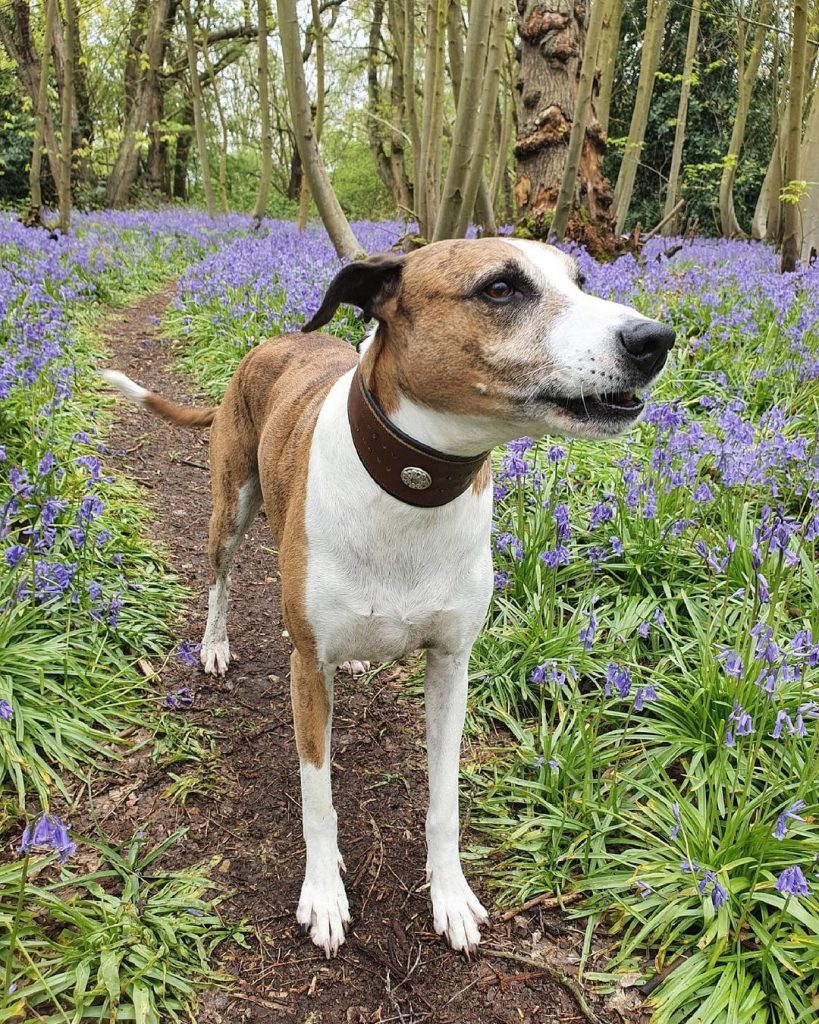

Considering that Gypsies and Lurchers have a history together, it can be presumed that the name of this dog breed, wherein “Lur” which means “thief”, is related to the gypsy stereotype. However, with proper upbringing, this dog’s potential to execute tricks will not pose any future problems.
Lurchers were bred mainly for their amazing working skills and are given less emphasis on looks. Despite this, they still make good family pets even if they remain to be unregistered breeds.
Size, Appearance, Coloring
Whippet
Although the Whippet is commonly mistaken as a Greyhound, what actually mainly sets him apart is the size. The Whippet is smaller than the Greyhound and he has a medium-sized build. At withers, a male Whippet is 19-22 inches tall and a small contrast of 18-21 inches for females. Both genders can weigh anywhere between 25 to 45 pounds.
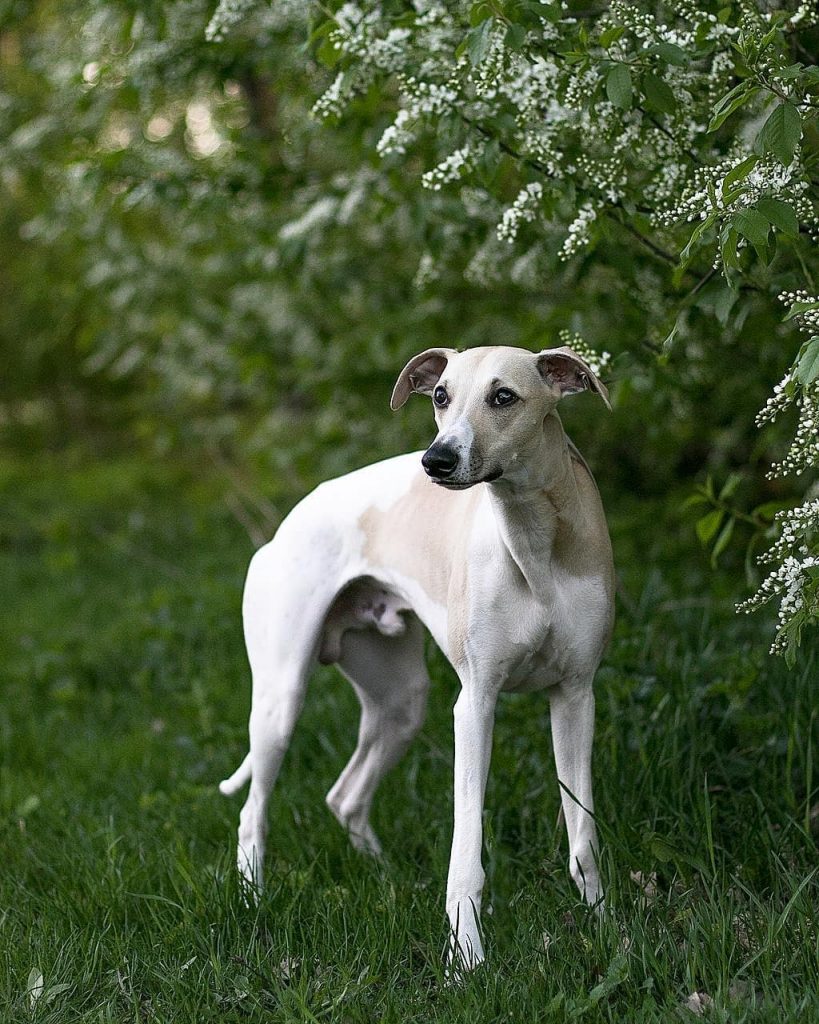

As for the appearance, this Sighthound should embody both elegance and grace. His body must be sleek and should exhibit a smooth look of speed, balance, and power. Outline symmetry, unexaggerated gait, and good muscular development are all ideal traits in a Whippet.
He may come in varieties of colors and markings too:
| Base Colors | Markings |
| Fawn | Brindle With Black Stripes |
| Orange | Brindle With bluish Strips |
| Tan | Black Mask |
| Cream | Blue Mask |
| Black | Sabling |
| Blue | Watermarking |
| Red | Varieties of White |
Some colors come out to be rare, but this doesn’t mean that they are more “valuable” or desired. If anyone focuses on breeding only rare colors, there is a high chance that the health of the Whippet is totally neglected for the sole purpose of putting higher price tags on their necks.
Lurcher
The Lurcher’s size varies depending on how it has been bred. Generally, he may weigh between 60 to 70 pounds and his height can reach up to 28 inches. Sometimes, people often mistake this dog breed as the Saluki or the Greyhound. What’s fascinating about his appearance is that you might see more features from other breeds depending on how they are mixed.
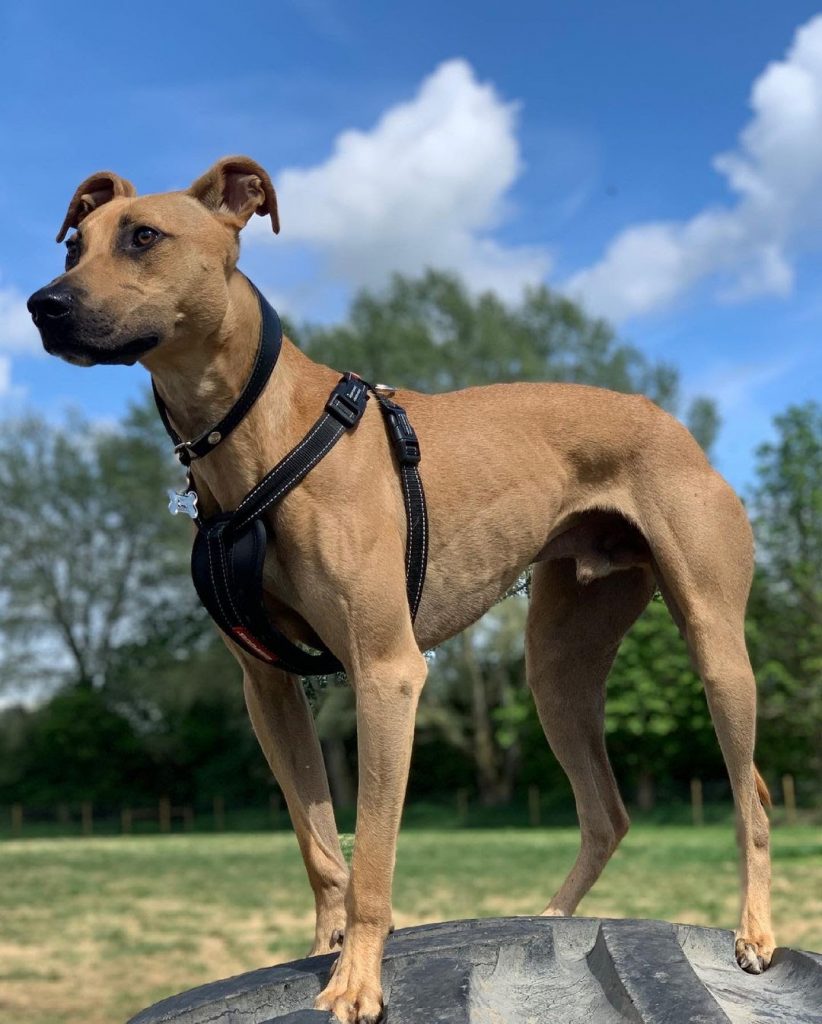

Just like the Whippets, Lurchers have a lean and athletic body, with deep chests and very powerful legs ready for an extreme race. His muzzle is well-defined and his face is long and narrow.
Since a Lurcher can be bred through different crosses, his coat quality and type will vary a lot. His coat colors include:
- Black
- White
- Blue
- Fawn
- Red
- Fallow
- Brindle
Temperament
Whippet


Two things make a Whippet the happiest pet: it is to run outside at full speed and to cuddle you up while eventually taking all the blankets for himself. He deals well with gentle kids and wouldn’t say no to being petted or brushed as he lays on the carpet. It is not ideal, however, to home him with smaller pets as they might turn on his prey drive. He is intelligent, reliable, and has high levels of energy perfect for those who love outdoor activities.
Lurcher
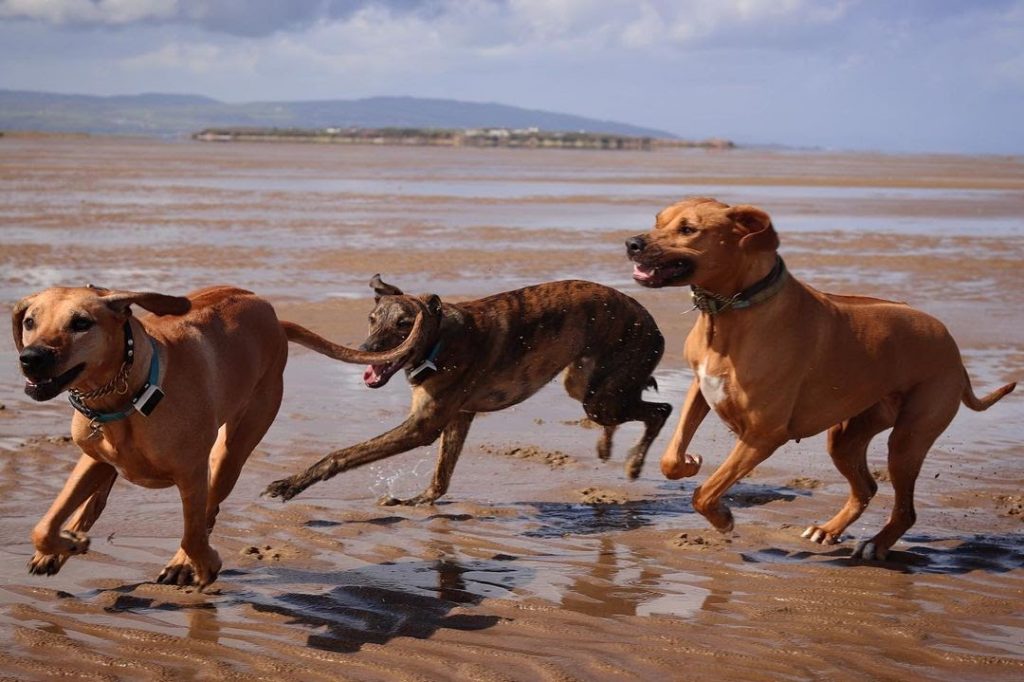

As a typical sighthound, the Lurcher embodies calmness and non-aggressiveness. He loves to be outside and test the limits of his speed or chase after anything that catches his interest. One thing to know about the Lurcher is that he intensely dislikes being left alone. If he is raised in a loving family, this dog will prove to be a respectful and obedient family pet. Similar to the Whippet, it is best not to mix him with rabbits, cats, and other smaller family pets.
Trainability
Whippet
Whippets have minds of their own! Since they are bred to hunt without being commanded by their hunters, their stubbornness will occasionally show. In training, Whippet owners must be firm, patient, consistent, and appreciative. The earlier you train him, always the better. Don’t let yourself become discouraged that he is one of the hardest to train breeds. As long as you raise him properly and your training techniques are efficient, he will eventually learn the tricks.
Lurcher
Bred to be a working dog, Lurchers would rather work with you rather than do things for you. It is highly recommended that you execute meaningful training for him that he will see as valuable to keep him going. Reward him adequately to encourage his good behaviors. As much as you can, avoid excessive repetitions, rough handling and prevent him from getting exposed to rowdy environments.
Activity Level
Whippet
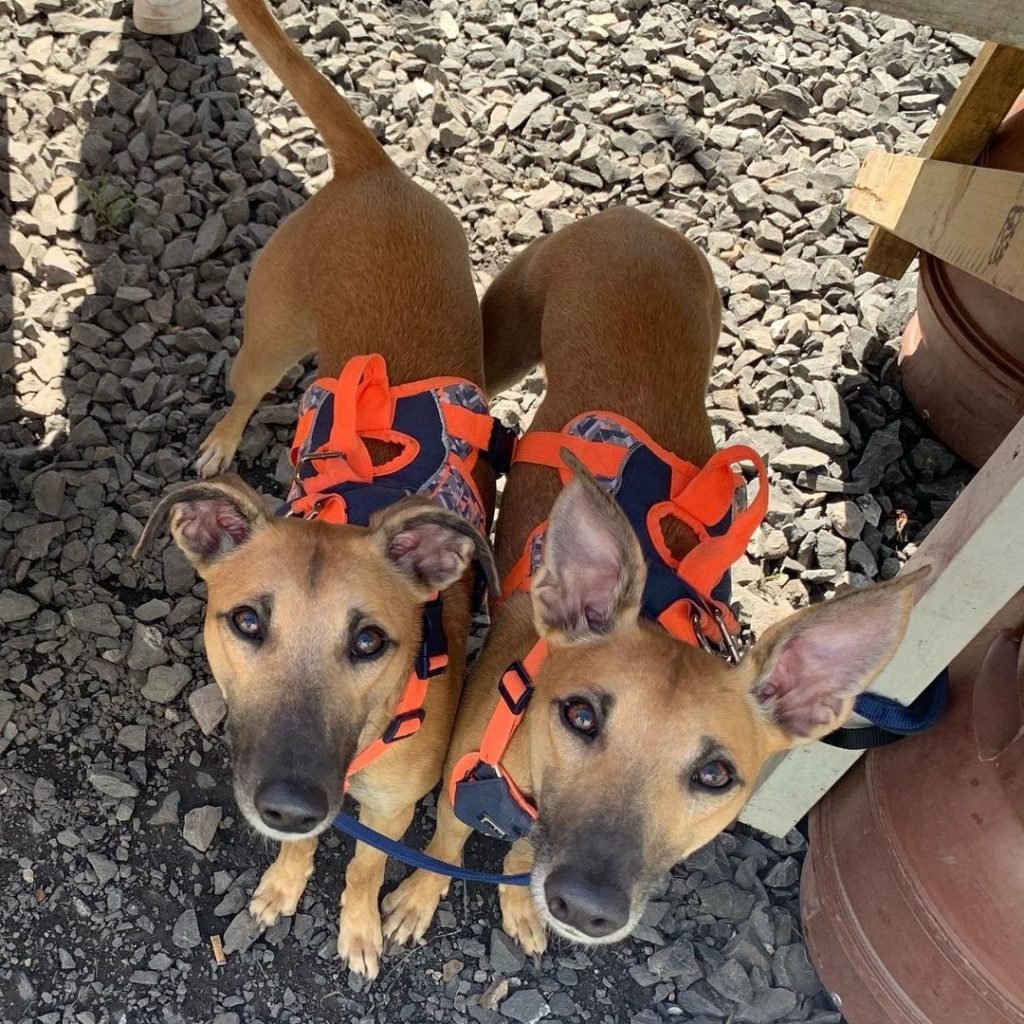

When it comes to exercising your dog, going overboard is not ideal. If you have a Whippet puppy, he has to be given no more than 25 minutes to release his pent-up energy. For an adult Whippet, an hour of exercise per day is great! You may take him for a walk in the morning and grant him a chance to explore and sniff around in the afternoon.
Lurcher
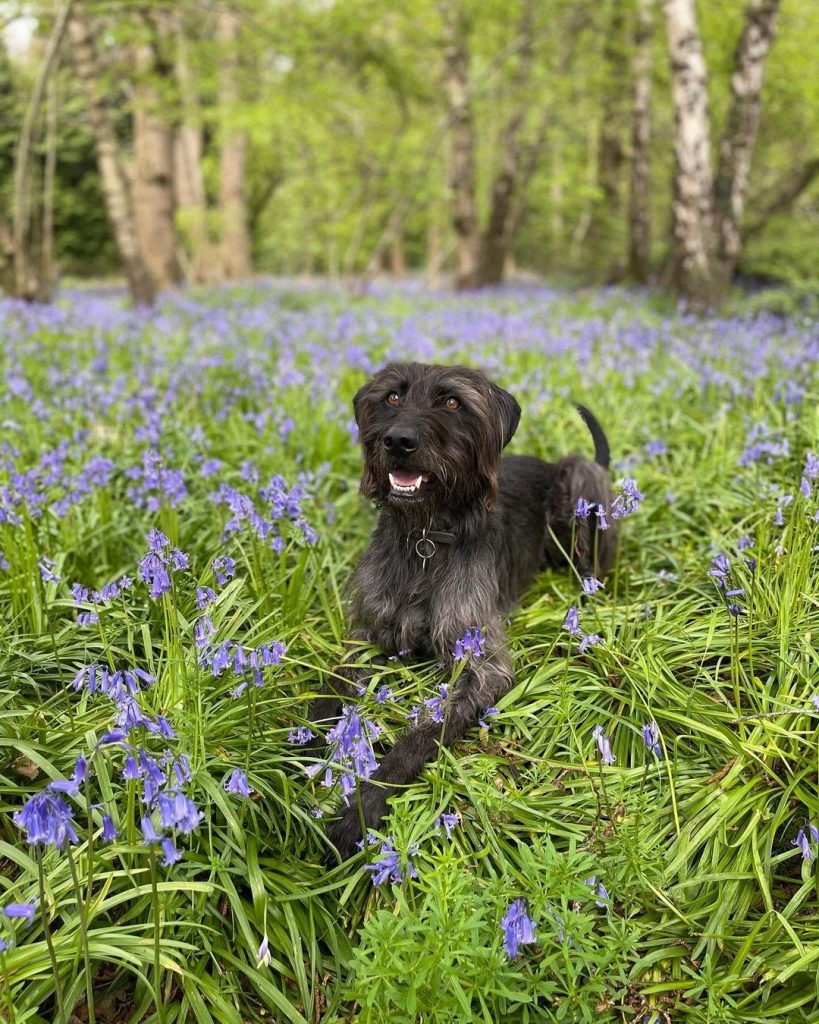

As a competitive sporting dog, Lurchers shouldn’t be expected to laze indoors. He needs two sessions of walks each day with an opportunity to stretch out his powerful legs. A Lurcher owner has to be committed to accompanying him on his dog’s exercise requirements and allow him to run around in a wide and enclosed area.
Living Condition
Whippet
Whippets can be great apartment dogs depending on their personality and how you’ve trained them. If he has separation anxiety, he might resort to endless barking which may pose as an annoyance to your neighbors so dealing with this issue must be done immediately. It is never good to leave him alone with no companion for long periods of time due to his social nature.
Lurcher
This high-energy dog scores 3 out of 5 on the scale of apartment-friendly dogs! His behavior will still depend on the owner’s way of raising him of course. Due to his spirited nature, a Lurcher is not suitable for city life. His ideal place would be anywhere rural where he can run free and exercise his natural skills.
Grooming
Whippet
His short hair won’t require you to groom him daily! A nice and gentle brush done once a week and a bath every 4 to 6 weeks are enough to keep him clean unless he’s muddy and dirty. Checking his nails, ears, anal glands, coat, and skin has to be regularly done every 4 to 8 weeks to ensure that he does not have any infections.
Lurcher
Knowing that the Lurcher’s coat varies depending on his mix, the owner must regularly groom him as needed. Check if there is matting, knots, or loose hairs that need to be brushed off. As for brushing his hair, this can be done every week. Every Lurcher puppy must be introduced to the grooming life as early as possible to train them to be willing and patient when it comes to their hygiene.
Health Issues
Whippet


Getting a Whippet from a reputable breeder will save you from any future medical costs. However, he is still prone to common health problems which may include:
- Eye problems
- Immune-mediated complications
- Mitral valve disease
- Progressive retinal atrophy
Lurcher


Lurchers enjoy generally good health. However, depending on his parents, he may still be experiencing health conditions such as:
- Eye problems (if he has herding ancestry)
- Gastric torsion
- Heatstroke
- Heat exhaustion
- Torn toenails
- Foot and muscle injury
Litter Size
Whippet
A Whippet’s pregnancy is factored by age. The longer you wait, the more likely she is to have issues. Averagely, she is capable of giving 6 puppies in a litter but may go between 1-10 pups. For registration, a Whippet must be mated once she reaches 1 year. For her well-being, she must at least be 2 years old.
Lurcher
There is no exact size for the Lurcher’s litter as this varies depending on the mix.
Life Expectancy
Another good thing about Whippets and Lurchers is that they live long! Their life span is between 12-15 years. For Whippets, they commonly die of old age while Lurchers get to experience the fullest of their lives when they are properly taken care of.
Breed Popularity
Whippet
The AKC recognizes the Whippet dog as rank 61 out of 197 dog breeds when it comes to popularity! This comes out as no surprise due to his sleek look and calm demeanor. He’s labeled as the “perfect family pet” for a reason!
Lurcher
Unfortunately, due to being a mixed breed, the Lurcher is not recognized by major kennel clubs. There is no reliable record so far in terms of his popularity as a dog, but one thing is for sure- the Lurcher dog, being a British hound, is popular in the UK!
Fun Facts
Whippet


- Whippets can run up to 35 mph!
- He may need a coat because he shivers a lot.
- Whippets need a special kind of collar for lesser pressure on their throats.
Lurcher


- He has superb hunting skills!
- He is very common in Britain.
- A Lurcher is famous as the Poacher’s dog.
Which Dog Is Right for You?
Both the Whippet and the Lurcher come from the Sighthound family. They have a lot of things in common, but each one remains unique in so many ways. The Whippet, being a breed, and the Lurcher not being one do not make any of them more desirable than the other.
If you want a sensitive soul, who slightly has more energy, and can be predictable, a Whippet is ideal. If the Lurcher’s vast options in appearance and temperament attract you, then he might just be what you are looking for.
